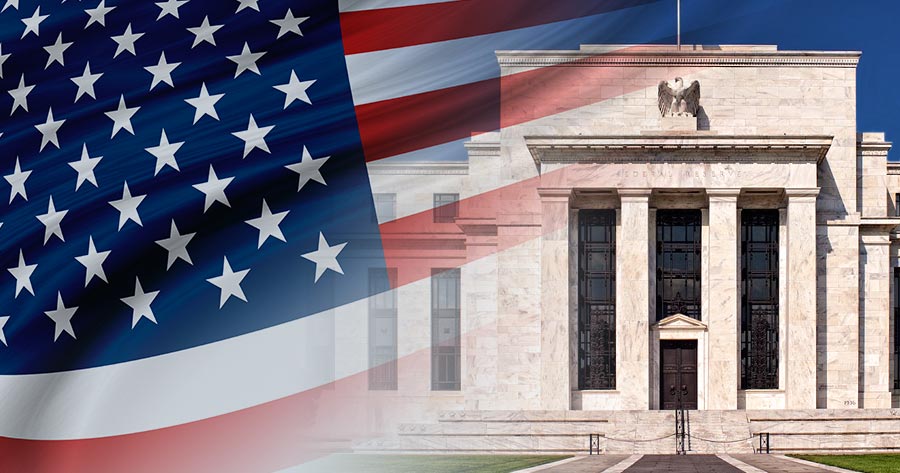The US consumer debt hiked to a new record high at the end of 2022, while delinquencies rates increased in many categories of loans, according to the report by the New York Federal Reserve on Thursday.
The total debt from all categories was at $16.9 trillion, an increase of $1.3 trillion from last year, following a surge in balances of all major categories.
The mortgage balances rose to $11.9 trillion, an increase of about $250 billion from the third quarter last year. Originations of new home loans and refinances dropped to $498 billion, less than half of the fourth quarter in 2021. Meanwhile, auto loan debt delinquencies increased 0.6 percentage points to 2.2%, while credit card debt increased 0.8 percentage points to 4%.
Wilbert van der Klaauw, economic research advisor at the New York Fed, said that the credit card balance grew at a significant pace in the fourth quarter, while growth in mortgage and auto loan balances was at a moderate pace. It all mirrored activities prior to the pre-pandemic levels.
He also added that although unemployment, which is at a historically low level, has strengthened consumers’ finances, the increasing of interest rates could test the ability to pay the debts of some borrowers.
The surge in balances came amid the Fed’s campaign to increase aggressive rates as the Fed had to fight with inflation that nearly reached the highest in 41 years. The Fed has already raised interest rates seven times this cycle, and another increase in January took the overnight borrowing rate to the target range of 4.5% to 4.7%.
Student loan debt also climbed up to $1.6 trillion in the fourth quarter after staying flat during the pandemic amid government-backed support measures for the borrowers.
Auto loan debt stepped up to $1.55 trillion, and credit card balances rose to nearly $1 trillion.
This record high of consumer debt came amid an increase in federal government borrowing. The total of government debt now is nearly $31.5 trillion, up from $29.6 trillion at the end of 2022.





